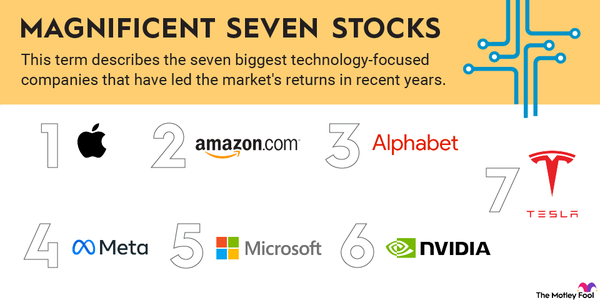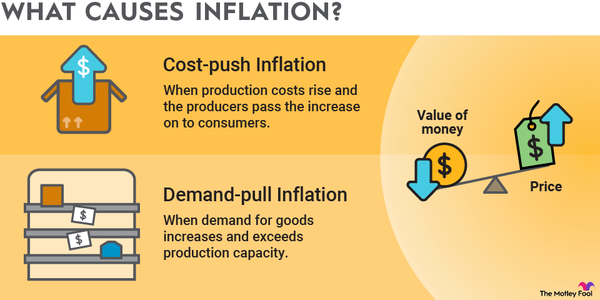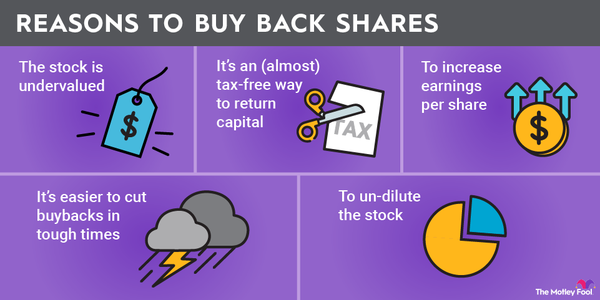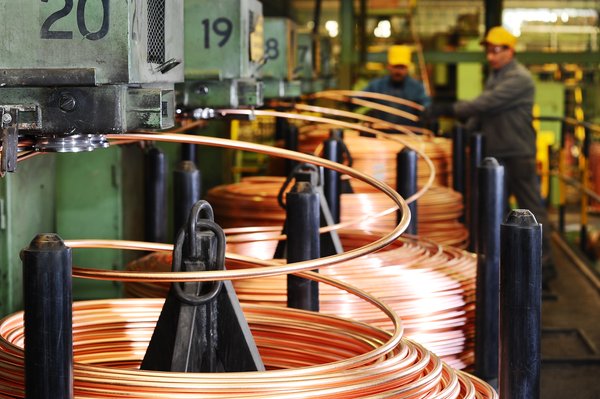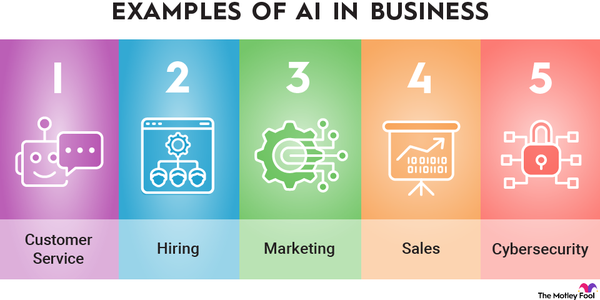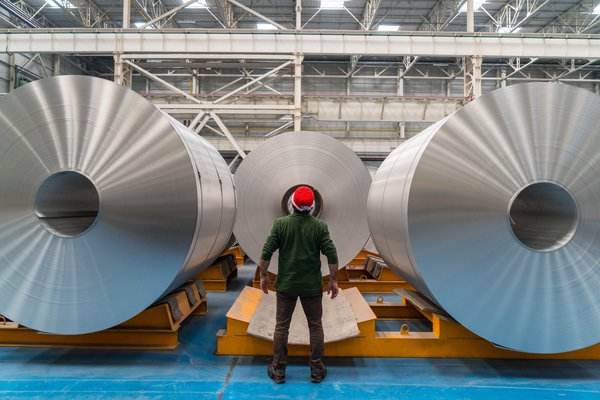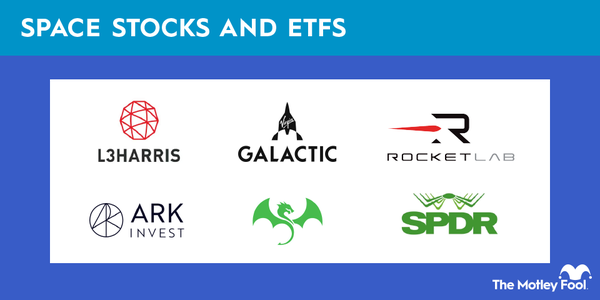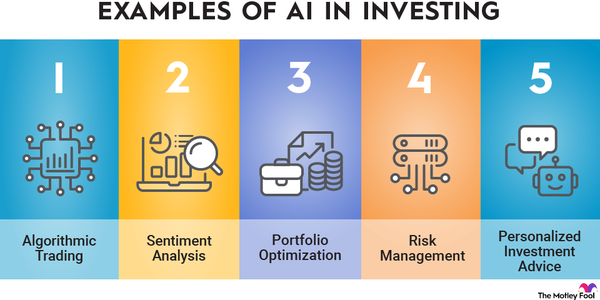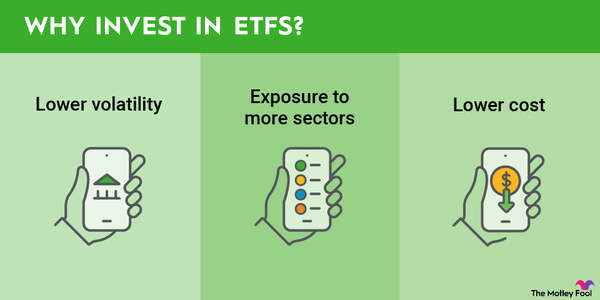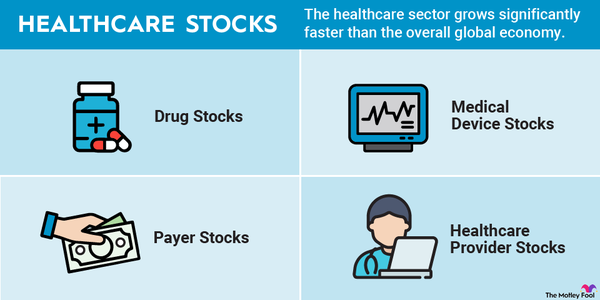Taiwan Semiconductor Manufacturing Corporation, known as TSMC (NYSE:TSM), is the world’s largest chipmaker. Its semiconductors power everything from iPhones to AI data centers.
In just three years, its cutting-edge 3nm chips surged from zero revenue to nearly a quarter of its sales. At the same time, the share of TSMC’s revenue from smartphones has shrunk while revenue from high-performance computing has steadily grown. Sales in North America now make up three-quarters of its revenue, showing how reliant TSMC is on U.S. tech giants.
For investors, these shifts highlight opportunity and concentration risk. If you’re considering the stock or the semiconductor sector, The Motley Fool has guides on the best semiconductor stocks and how to invest in TSMC.
Revenue by chip node
TSMC revenue by chip node (nm)
Sixty percent of TSMC’s revenue now comes from 3nm (24%) and 5nm (36%) chips, highlighting how cutting edge the company’s semiconductor manufacturing technology is. Its share of revenue from 3nm chips quickly rose from 6% in Q3 2023, the first quarter those chips were commercially shipped, to 24% in Q2 2025.
Since 2020, the share of revenue from older nodes has shrunk to single digits, reflecting TSMC’s shift toward advanced chip manufacturing.
A chip node, or process technology, refers to the size of transistors packed onto a semiconductor. Smaller nodes, like 3nm and 5nm, enable faster and more power-efficient chips. Those are critical for advanced technologies, including AI and smartphones.
Aside from TSMC, only three other companies manufacture 3nm chips at scale: Samsung (OTC:SSNLF), Intel (NASDAQ:INTC), and Xiaomi (OTC:XIACY). TSMC and Samsung have announced plans to mass-produce 2nm process in 2025.
Revenue by platform
TSMC revenue by platform
Chip sales for high-performance computing make up 60% of TSMC’s revenue, followed by smartphones (27%), the Internet of Things (5%), and automotive customers (5%).
TSMC’s revenue from high-performance computing customers overtook smartphones in Q1 2022. High-performance computing’s share doubled from 30% in Q1 2020 to 60% in Q2 2025, driven by soaring demand for AI chips powering the data center buildout.
Over the same period, chips for smartphones have made up a smaller percentage of TSMC’s revenue, dropping from 49% in the first quarter of 2020 to 27% in the second quarter of 2025.
Revenue by geography
TSMC revenue by geography
TSMC’s revenue has become increasingly concentrated in North America, which makes up 75% of its sales, up from 56% at the start of 2020. China’s share of TSMC’s revenue has fallen from 22% to 9% amid supply chain and geopolitical uncertainty as well as evolving U.S. export controls.
The rest of the world remains a minor market for TSMC.
Investor takeaways
Investor takeaways from TSMC’s revenue mix
TSMC’s financials reveal where the semiconductor industry is headed: toward more advanced nodes for high-performance computing customers, largely in North America.
- The most cutting-edge process technology, 3nm and 5nm, drives 60% of TSMC’s revenue, and 2nm manufacturing at scale is coming soon.
- High-performance computing has surpassed smartphones by revenue share and is the company’s largest platform by far.
- TSMC’s dependence on North America is a reaction to geopolitical and trade policy uncertainty as well as the massive AI data center buildout in the U.S., but it also creates some concentration risk.
For investors tracking the semiconductor sector, TSMC’s revenue breakdown highlights the need to watch technology cycle, end-market demand, and global trade dynamics.
Sources
- TSMC (2025). “Management Report.”








